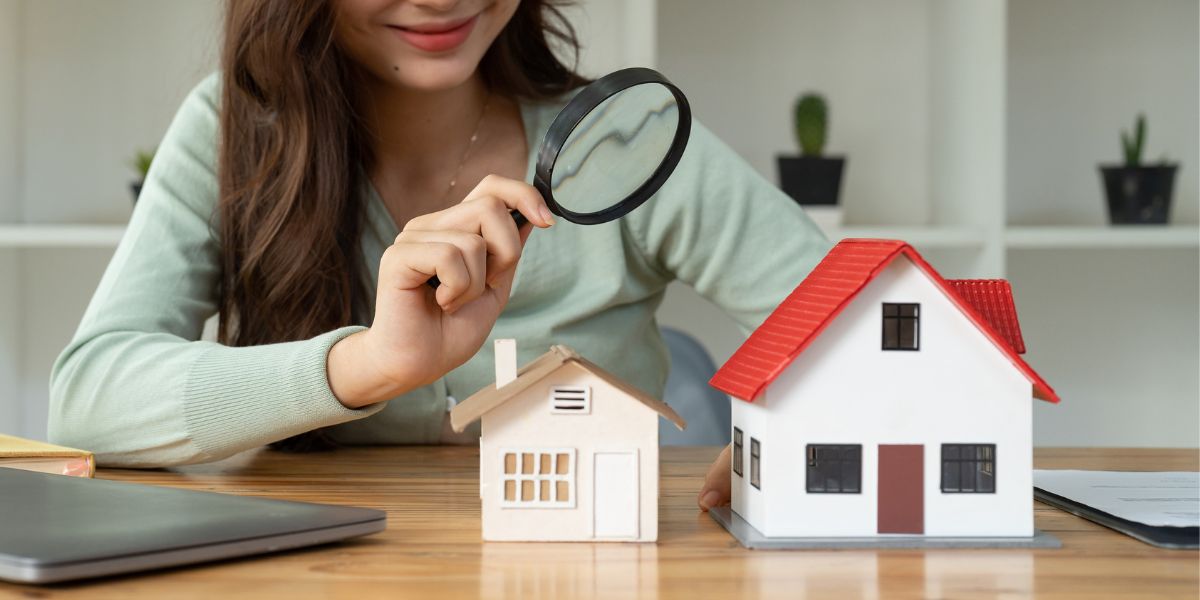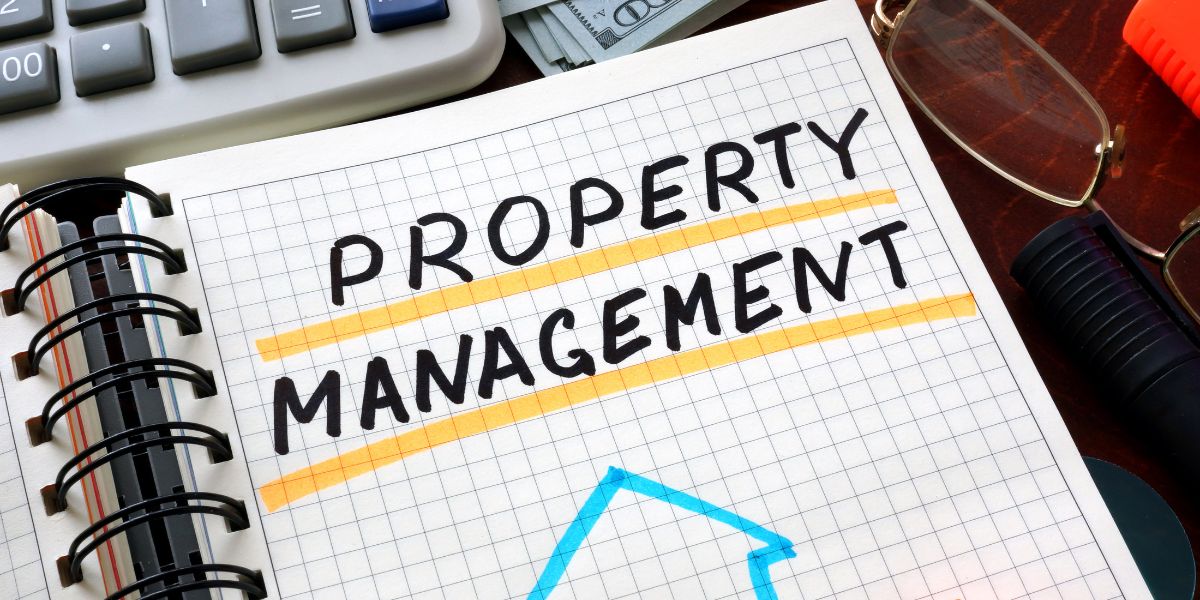Statista estimates that in 2020, there were 14.1 million households renting single-family homes in the United States. And Urban.org predicts there’s gonna be a 21% increase in total households renting by 2040. That’s something to capitalize on.
Building a portfolio of rental properties requires time, effort, and the willingness to adjust your strategy in response to changing market conditions.
Buyers today face unique challenges, as the pace of rent increases is starting to slow down, there are fewer properties on the market, and interest rates have increased. The importance of lender relationships, market knowledge, and patience in making many offers is greater than ever.
This article will explain how to purchase a rental property in five steps. We’ll also discuss some pros and cons to investing in real estate. Finally, we will cover why we think investors who are new to single-family rentals should exercise caution.
Are rental properties the right choice for you?
In just a few minutes, we’ll go over the basics of buying rental property. It’s crucial to consider whether a rental is the best investment for you.
The Internal Revenue Service may classify earning rental income as a “passive” activity. However, real estate investment often requires some active involvement and a willingness to accept a level of risk for greater potential rewards.
Even if they hire a property management company, real estate investors may need to be involved in the monitoring of their investments. Investors may be required to approve certain repairs or improvements and to review financial statements at the end of each month and every year, including the income statement and cash flow report.
Investors may find themselves with a tenant that pays late rent or requires eviction, despite the best tenant screening process. The cost of an extra eviction and lost rental income can affect potential returns and profits.
A good investment property, despite the responsibilities that come with it, can offer a perfect trifecta: recurring rental incomes, appreciation of the property over time, and tax advantages related to mortgage interests, operating costs, and depreciation.
Before investing, savvy investors carefully consider the risks and rewards.
How to buy your first rental home in 5 steps
There are five basic steps you should take after deciding to own a rental property.
1. Arrange financing
The process of financing a rental single-family home is a bit different than applying for a loan on your primary residence. The down payment can be higher, the lender fees and rates of interest are typically slightly higher and there are other requirements for qualification.
- The down payment ranges between 20 and 25 percent of the purchase price.
- According to Experian, a credit score of at least 720 is required for the best terms. It is possible to buy an investment property even with a lower credit score.
- Documentation required by borrowers includes tax returns, bank statement copies, and proofs of income.
- Some lenders require that up to six months’ worth of mortgage payments be kept in a reserve in the event that rental income is lower than expected or expenses are higher than anticipated.
There are many options for financing a rental property. Traditional lenders such as credit unions and banks offer loans backed up by Fannie Mae and Freddie Mac. Other investors can obtain rental property funding through private lenders or by forming a joint venture.
2. Understanding rental property metrics
Return on Investment (ROI), a financial measure, is used by real estate investors to determine the potential profitability of an investment property. Investors need to do the following in order to calculate the return on investment of a particular property:
- Estimate your annual rental income, including rent and any additional income such as pet rent or storage fees.
- Estimate your annual operating costs, including property management fees, HOA dues (if applicable), insurance, and property taxes.
- Calculate the annual cash flow forecast by subtracting income from operating expenses, interest expense, and principal (but not principal).
- Decide on the down payment amount and any other upfront cash (such repairs needed).
- Divide the annual cash flow by total cash invested to calculate ROI. Add in the expected appreciation.
As an example, let’s say you buy a rental property at $250,000 that produces a $24,000 annual rental income. Assume that operating costs are 40% of the projected income, and annual mortgage interest expenses are $11,000.
If an investor pays $62,500 down and expects an annual appreciation of 3%, then the ROI is 17.4%.
- Cash flow for the year = $24,000 rental income less $9,600 operating costs minus $11,000 mortgage payment = $3,400 before taxes
- ROI = Cash flow before tax / Total Investment
- Cash flow before tax = $3,400 / $62,500 = 5.44%
- 3% x $250 000 = $7,500/$62,500 = 12%
- All-in projected ROI = 17.4%

3. Choose a local market
When evaluating the local real estate market, you should consider:
- Growth in employment and population (historical and projection)
- Renter-occupied households as a percentage
- Rent and vacancy rates trends and projections
- Have home prices historically fluctuated in price
- The neighborhood rating is heavily influenced by the quality of school districts and employment rates
- Your willingness to invest time and effort in a specific market
- Market’s tendency to reward investors in rental properties with income or appreciation over time
- Comparing the property tax rates in different neighborhoods or markets
- Insurance costs may increase due to the risk of natural disasters such as wildfires, hurricanes, tornadoes etc.
4. Find and make an offer on specific properties
When looking at specific properties, you should consider:
- You can choose between a vacant or tenant-occupied property, depending on your preference and risk tolerance.
- The age of the house and any obvious neglect
- Curb appeal of the home and its surroundings
- Costs for landscaping, snow removal, and other maintenance
- Condition of major systems such as HVAC, plumbing, and electrical
- Age and condition of major appliances
- Existence of pool or spa liability factors
- The impact of bed and bath counts on the desirability of tenants
You can find some properties on websites like Zillow and Trulia that are suitable for renting, but the majority of these houses are marketed towards owner-occupants.
5. Close on the property after due diligence
After your offer is accepted, the fun really begins. This is an important moment in the process of acquisition. It is your only chance to confirm assumptions and to make sure that you are ready to proceed.
Due diligence includes:
- Are you sure that your rental income is realistic? Does it support local comps or asking rents?
- Do they include disclosures by the owner? Are they complete?
- What is the report of your property inspection? Have you set aside enough money for repairs and improvements that are expected?
- Are you on track with your debt financing? Are you sure that your rate is locked in and have you accurately modeled your principal and interest payments?
- Is property insurance readily available and at a reasonable price?
- What surprises are there in the title report of this book?
- Is there anything surprising in the draft settlement statement?
After you have closed your purchase of a rental property, it is time to start focusing on the tenant relationship and other operational aspects. Tracking income and expenses, and resolving property management are two areas that need immediate attention.
Track your income and expenditures
Even experienced real estate investors can find it difficult to keep track of their rental income and costs. Renter’s returns are affected by a variety of factors, including:
- Rental Income
- Security Deposit
- Other sources of income (pets, storage, laundry roommates, etc.
- Lease fees
- Property Management Fee
- Repairs and maintenance
- Landscaping
- Pest Control
- Utility services (sometimes included in small multifamily properties).
- Mortgage Payments
- Insurance
- Property Taxes
- HOA fees
- Depreciation expense
- Owner expenses (such as travel to an out-of-state property)
It’s possible for real estate investors to track their income and expenses with post-it notes or cocktail napkins. However, they often choose software designed specifically for owners of rental properties.

Property Management
It can take more time to be a landlord than you think. Rent collection, tenant screening, and repairs are just some of the tasks required to successfully manage a rental property.
Rent comparables and periodic inspections of the property are also important to keep operating costs under control.
Many people know the benefits of property management and hire a company because they aren’t interested in being a landlord or don’t have the time. A property manager can help an investor enjoy the benefits that come with owning rental properties without the hassles. Rental property managers can take care of the day-to-day tasks so investors can concentrate on increasing passive income streams.
Tips on buying a fantastic rental property
Robert Kiyosaki – founder of Rich Dad Company – once said: “Real estate investment, even at a small scale, is a tried and tested way to build an individual’s wealth and cash flow.”
It’s true that not all homes are good investments. Here are some tips on how to buy a great rental home:
- When investing in real estate, take a long-term view.
- Find out about the financial metrics for investing in rental properties, including ROI, cash flow, and cap rate.
- Before deciding where and if to purchase a rental property, carefully analyze each market.
Alternative strategies for buying your first rental home
In some real estate markets, it is getting harder to find the money to pay a large down payment for a rental. There are several other strategies to buy a rental home that cost less.
- Renting out a bedroom or house and using the income to pay off the mortgage is a great way to get money to put down on a home.
- Use an FHA Multifamily Loan for a small duplex, or triplex. One unit will be rented out and the other units will be used as a home.
- Remember to live in the primary residence first before turning it into a rental property. The house will need to function as both a home and a rental property.
- Joint ventures with other real estate investors to buy rental properties can reduce the cash required.
In closing
As you can see, there are a lot of things to consider when purchasing your first rental property. And this is just the beginning. After closing you need to make your rental property stand out and find tenants. And over time, you will likely have issues and repairs to be made. You may even have an issue with one of your tenants. Regardless of what the future holds, investing in real estate is a great (and potentially profitable) adventure on which to embark. If you do decide to make the leap, we wish you good luck!


_1.webp)